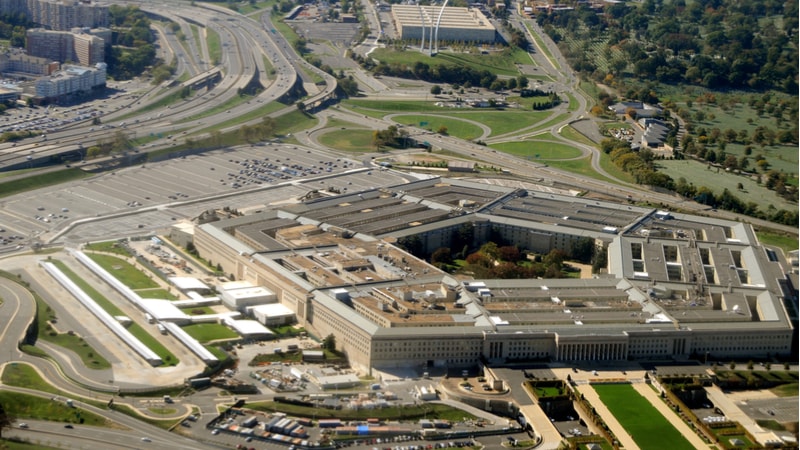
Department of Defense (DOD) IT leaders overwhelmingly view artificial intelligence (AI) as mission-critical and are taking a range of steps to scale deployments.
In August, the Pentagon realigned the Chief Digital and Artificial Intelligence Office (CDAO) under the Under Secretary for Research and Engineering (USD(R&E)). As MeriTalk reported, the realignment marked the Pentagon’s next step in an “AI-first” strategy aimed at unifying efforts to accelerate artificial intelligence and data modernization across the military.
New research from MeriTalk explores roadblocks and steps the DOD is taking to scale AI pilots. The report, From Sandbox to Scale: The People, Processes, and Platforms Needed to Accelerate AI Across the DoD, finds that 95% of respondents call AI essential to mission success, and 97% already credit generative AI (GenAI) with measurable productivity gains. The key challenge is that fewer than one-fourth report scaling AI across workflows, and the majority – 88% – say their organization is more likely to start a new pilot than expand an existing one.
DoD IT leaders cite insufficient cybersecurity planning (44%), governance and compliance blockers (43%), and lack of funding (39%) as top reasons projects stall. Additionally, just 27% of agencies have approved AI governance frameworks, and only 29% maintain separate budgets for AI initiatives.
Technical and mission-specific barriers compound the challenge. Among top technical obstacles: supply chain security risks (47%), limitations in cross-domain solution capabilities (45%), and difficulty validating models in classified environments (37%).
Still, leaders are finding ways to move pilots forward, focusing on people, process, and platform modernization. Fifty-three percent provide staff with time to explore AI tools, 48% invest in change management, and 47% hire new AI/ML talent.
On the process side, 43% develop formal risk and compliance protocols, 40% prioritize mission-aligned use cases, and 39% streamline approval and lifecycle procedures.
Platform actions to accelerate the move from AI pilot to operational impact include modernizing data infrastructure (56%), improving integration with legacy systems (44%), and deploying continuous monitoring and observability tools (41%), with cybersecurity built into architectures.
Looking ahead, the report found that 80% believe sovereign AI – developing AI on U.S. infrastructure and data – will be critical for long-term defense innovation.
“To scale AI beyond experiments, DOD organizations must bake compliance, mission alignment, and resilience into deployment design from day one,” the report advises.
For additional insights, download the full report to learn:
- Barriers to scaling across domains;
- How few DoD agencies have AI-specific budgets or governance structures; and
- Which mission domains DoD leaders expect to prioritize in future AI investment.
